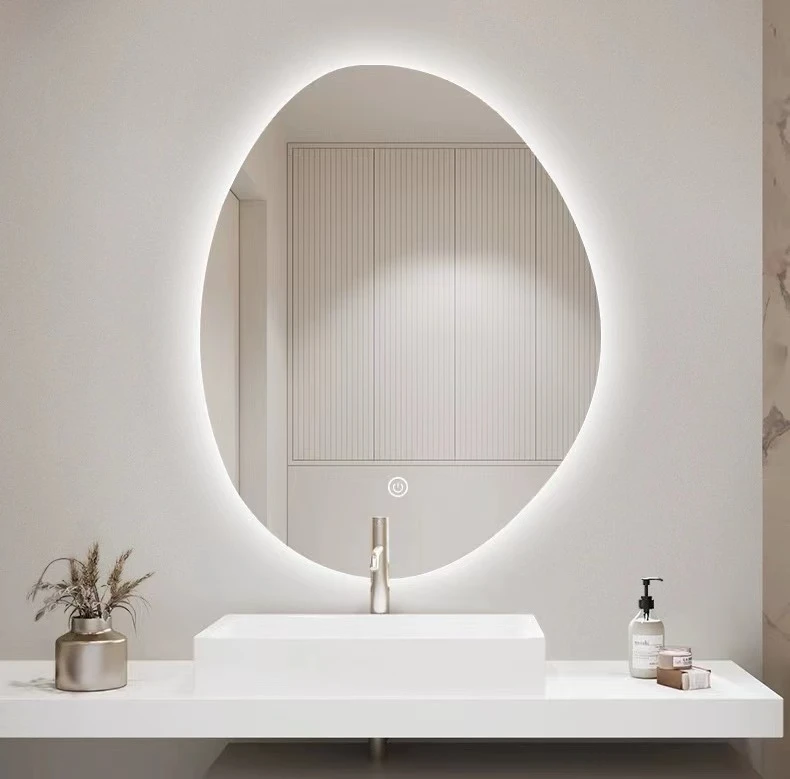

The Importance and Versatility of White Float Glass
White float glass, a ubiquitous material widely used in construction, architecture, and various industrial applications, has become a hallmark of modern design. This versatile product, known for its clarity and strength, has carved out a significant place in the glass industry. Understanding its properties, production process, applications, and benefits helps to illuminate why it is a favored choice in various sectors.
Properties of White Float Glass
White float glass is characterized by its smooth surface and optical clarity, which makes it an ideal substrate for a variety of applications. The process of float glass manufacturing involves melting raw materials—primarily silica sand, soda ash, and limestone—at high temperatures. The molten glass is then floated on molten tin, resulting in a uniform thickness and a perfectly flat surface. The white aspect comes from the addition of materials that enhance its opacity and reflective qualities, providing an aesthetic appeal that is particularly valuable in architectural applications.
Moreover, float glass exhibits excellent dimensional stability, allowing it to maintain its shape over time without warping or bending. Its good thermal performance and resistance to weathering also contribute to its utility in building projects. White float glass can be manufactured in various thicknesses and sizes, making it adaptable to specific needs in design and application.
Applications of White Float Glass
White float glass has a myriad of applications across different fields. In architecture, it is commonly used for windows, facades, and curtain walls. The clarity of float glass allows for ample natural light, creating bright and inviting interiors while maintaining energy efficiency. The reflective quality of white float glass also enhances the aesthetic appeal of buildings, providing a sleek and modern appearance that is often sought after in contemporary architectural design.

In addition to architecture, white float glass is utilized in the automotive industry for windshields and windows, owing to its durability and safety features. The glass can be tempered or laminated to improve its strength and resistance to impact, ensuring passenger safety while enhancing the vehicle's overall design.
The manufacturing sector also benefits from white float glass. It serves as a primary component of glass furniture, display cases, and mirrors. Its smooth surface is ideal for surfaces that require cleanliness and minimal obstruction, making it perfect for retail environments and stylish home interiors.
Environmental Impact and Sustainability
As with many materials, the environmental impact of glass production is a topic of concern. However, the float glass manufacturing process has evolved to include more sustainable practices. Many manufacturers are focused on reducing emissions and energy consumption during production. Recycling efforts have also increased, with reclaimed glass being reused to produce new glass, minimizing waste.
Incorporating energy-efficient windows made from white float glass into building designs can significantly reduce energy consumption. Effective insulation properties enable buildings to maintain optimal temperatures without excessive reliance on heating or cooling systems, thus contributing to environmental sustainability.
Conclusion
In conclusion, white float glass is a vital material in modern architecture and industry. Its distinctive properties—such as clarity, strength, and versatility—make it an essential choice in a variety of applications, from building facades to automotive windows. As the industry moves towards more sustainable practices, the environmental impact of float glass is being mitigated, paving the way for its continued use in eco-friendly designs. The future for white float glass looks bright, as architects, builders, and manufacturers alike embrace its functional and aesthetic advantages. Whether through innovative designs or increasing sustainability, white float glass is positioned to remain a fundamental component of contemporary life.